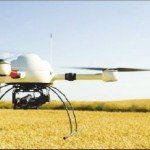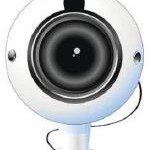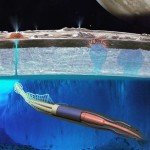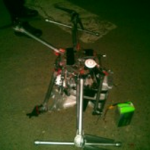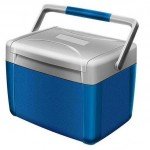Robots are set to rule the waves
The Isles of Scilly had never seen anything like it. The slipway in the tiny village of Porthloo was jammed with highly unusual craft. Bemused dog-walkers and bird-watchers were witnessing the launch of the largest trial of marine robots in British waters.
Most people think of robots as clumsy humanoids, or as drones buzzing through the skies over a war zone. But the US Navy and the oil and gas industries have invested heavily in a range of devices that can serve as eyes and ears in the deep – and now oceanographic researchers are catching up. The largest machine released off Scilly is the C-Enduro. With a distinctive wind turbine, it looks like a Florida airboat.
Its British maker, ASV, has fitted it with cameras and an automatic winch system that can lower sensors into the water. Another British design, the AutoNaut, has a more slender shape like a hi-tech canoe and it harnesses energy from the motion of the waves.
The company behind it, MOST, claims a potential endurance of up to a year. Both firms received government funding via the National Oceanography Centre. While the United States dominates the market for underwater vehicles, British know-how could seize the lead in machines operating at the surface.
Former science minister David Willetts identified robotics as one of “eight great technologies” and unmanned boats are now being trialled as a result. In theory, a fleet of relatively cheap machines could patrol vast areas, gathering data on everything from the currents to the weather to the state of the fishing grounds.
This could potentially transform our understanding of the workings of the oceans – like a marine equivalent of CCTV. But there are drawbacks. The robot craft can be delicate: a ferocious storm tore through the trial area soon after the vehicles were launched, and three of the seven craft launched off Scilly only lasted a week. Also, the lifeblood of an ocean science career has traditionally involved going to sea on expeditions – the prospect of sitting at a desk monitoring output from distant machines might seem rather drab in comparison.


